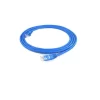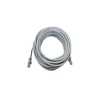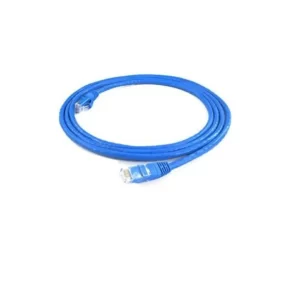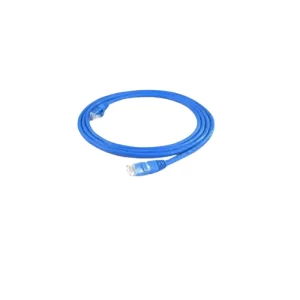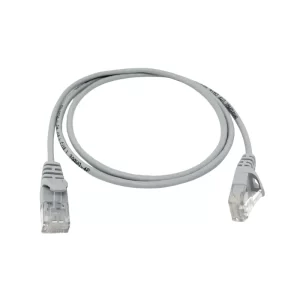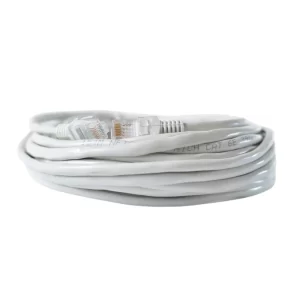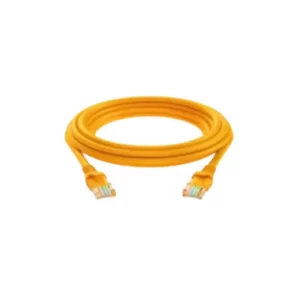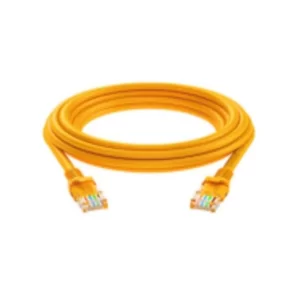Network Ethernet Cables
Ethernet cables are the most commonly used type of cable for wired computer networks. They are used to establish a physical connection between devices, allowing for the transmission of data over a network. Ethernet cables utilize twisted-pair copper wires to transmit electrical signals, and they come in various categories that determine their performance and capabilities. Here are some common types of Ethernet cables:
Cat 5e (Category 5e): Cat 5e cables are capable of transmitting data at speeds up to 1000 Mbps (1 Gbps) and are suitable for most home and small office networks. They have four twisted pairs of wires and use an RJ-45 connector.
Cat 6 (Category 6): Cat 6 cables offer higher performance than Cat 5e cables. They are designed to handle data transfer speeds of up to 10 Gbps over shorter distances (up to 55 meters). Cat 6 cables also have better resistance to crosstalk and interference. They use an RJ-45 connector and have four twisted pairs of wires.
Cat 6a (Category 6a): Cat 6a cables are an enhanced version of Cat 6 cables and provide even higher performance. They can handle data transfer speeds of up to 10 Gbps over longer distances (up to 100 meters). Cat 6a cables have improved insulation and shielding to minimize crosstalk and interference. They also use an RJ-45 connector and have four twisted pairs of wires.
Cat 7 (Category 7): Cat 7 cables are designed to support higher data transfer speeds and provide better shielding against electromagnetic interference (EMI). They can handle speeds up to 10 Gbps over distances of up to 100 meters. Cat 7 cables have individually shielded pairs of wires, which helps reduce crosstalk and improve signal quality. They use GG45 or TERA connectors.
It’s important to note that the performance of an Ethernet cable is influenced by factors such as the length of the cable, the quality of connectors, and the overall network infrastructure. When choosing Ethernet cables, consider the specific requirements of your network, including the desired data transfer speeds and the distance between devices.
Showing all 11 results

